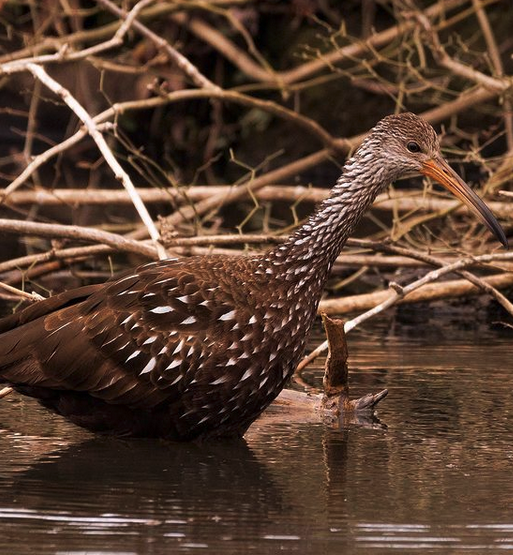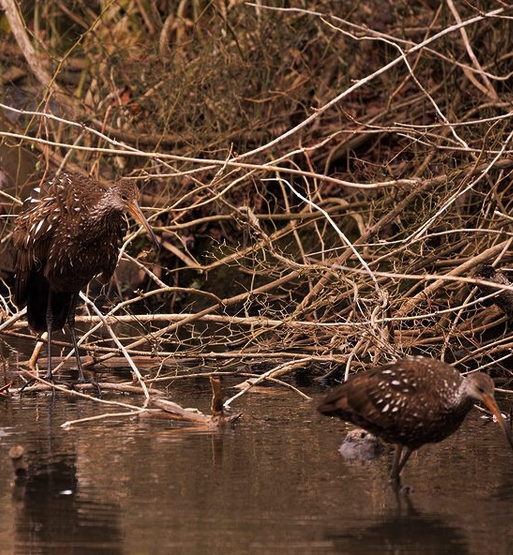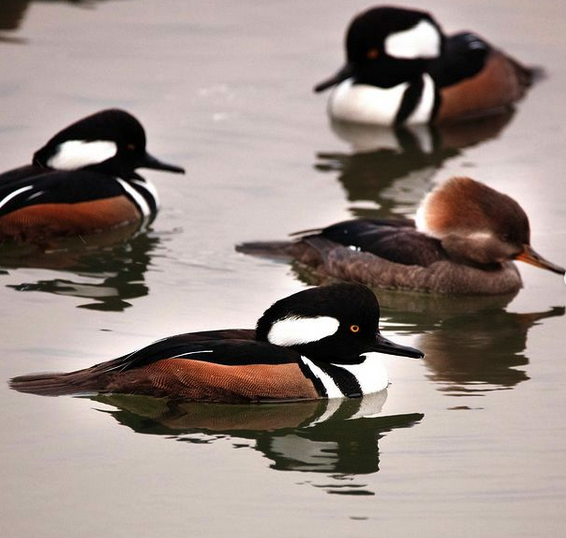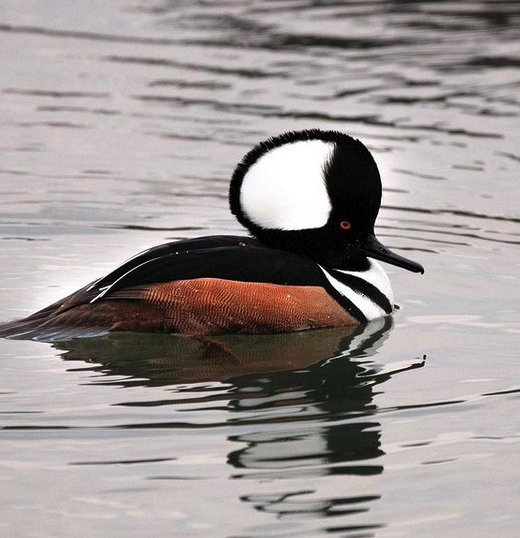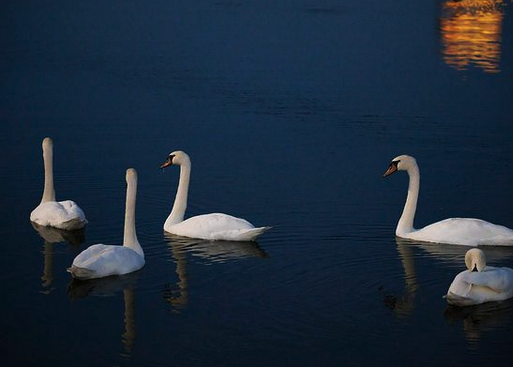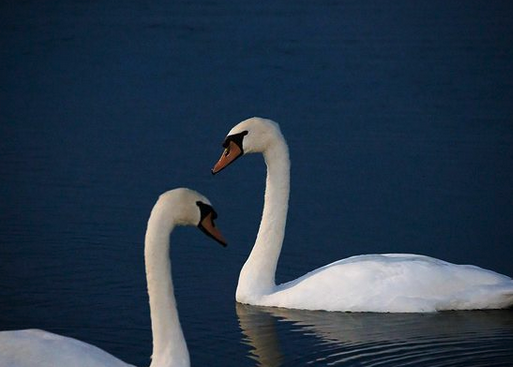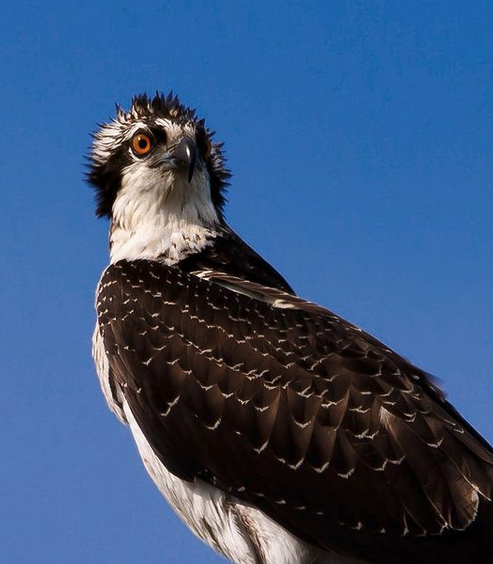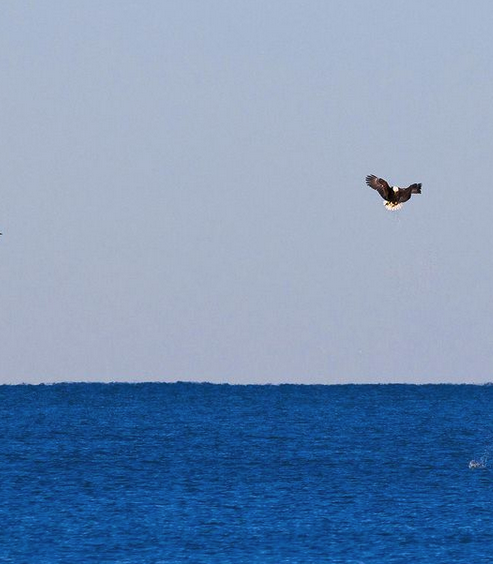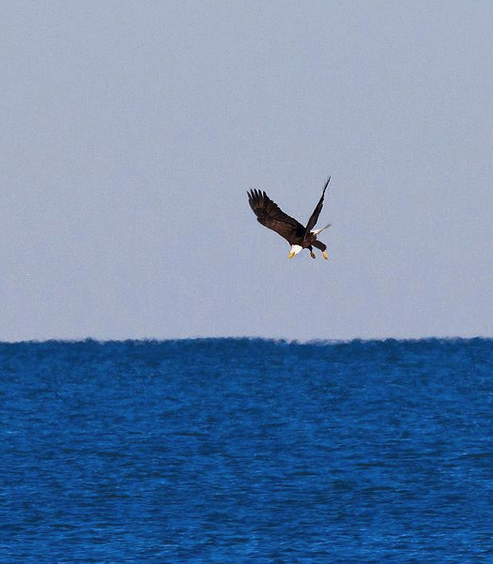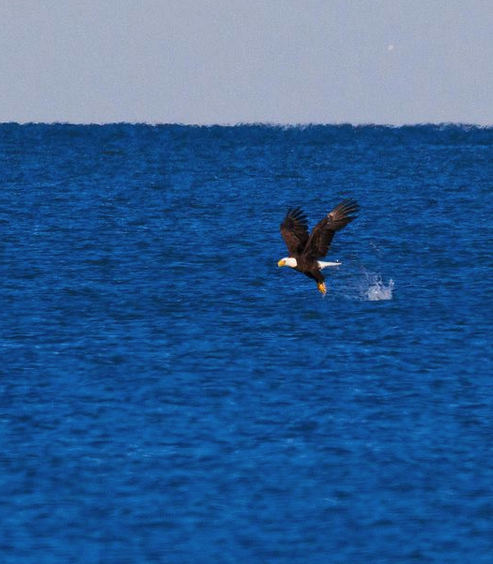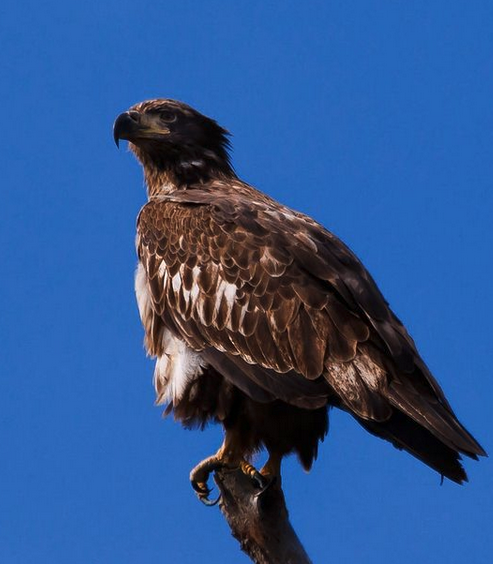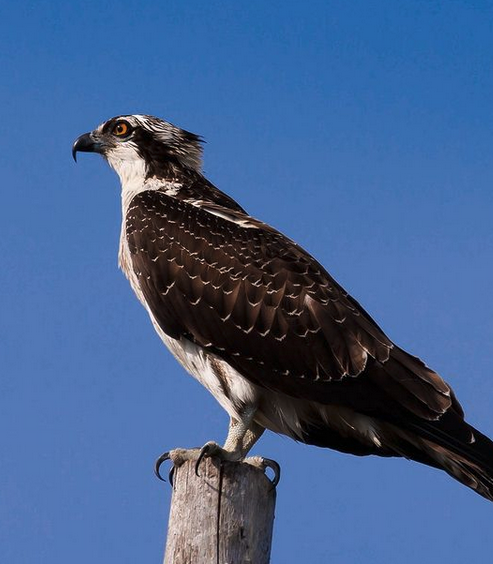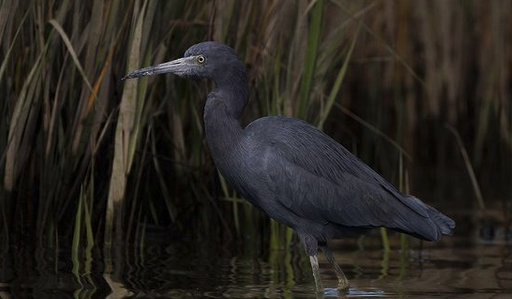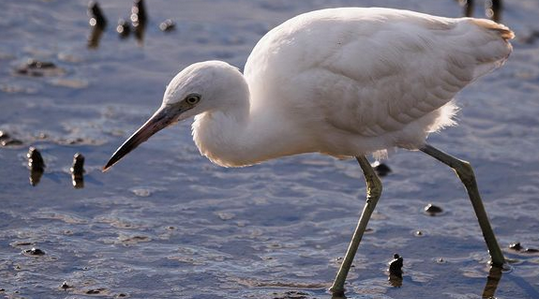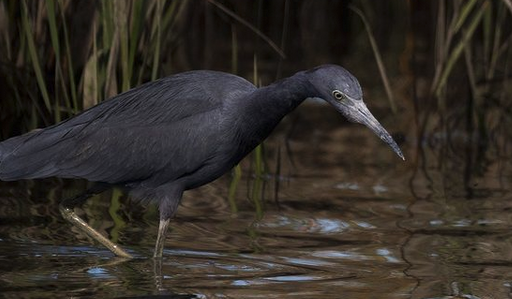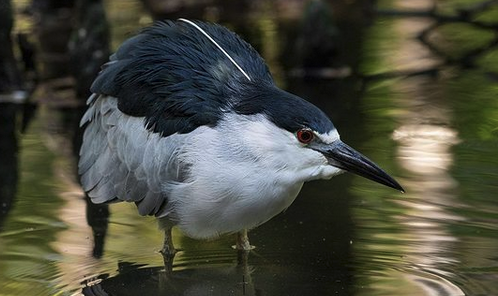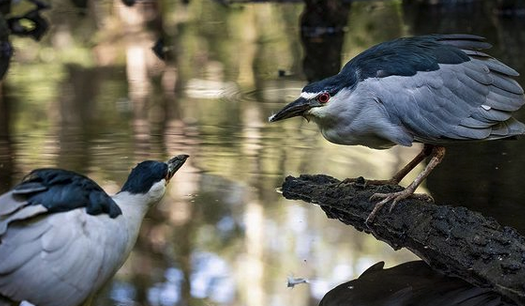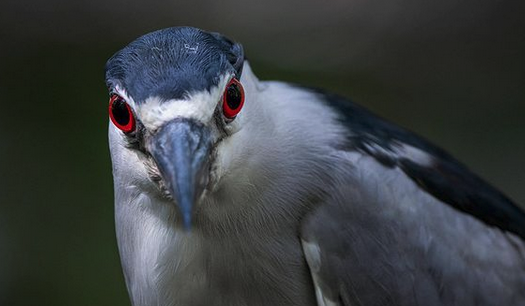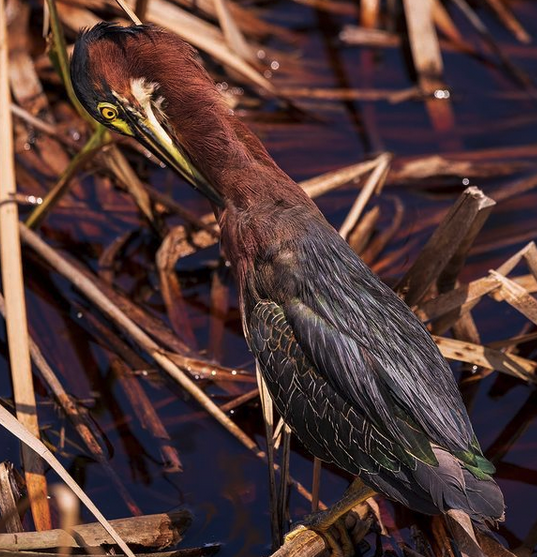I finally experienced my first Black Swan event…
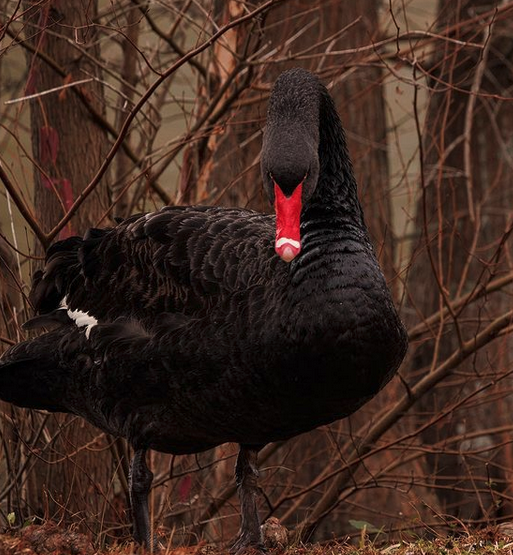
Nope, I wasn’t filled with a sense of uneasiness or foreboding normally associated with the term, rather I was elated to finally have an opportunity to photograph these lovely birds for the first time.
As was the case with the Mute Swans I posted late last year, I spotted this pair of Black Swans near a roadside pond along Rt.17 near Murrells Inlet SC.
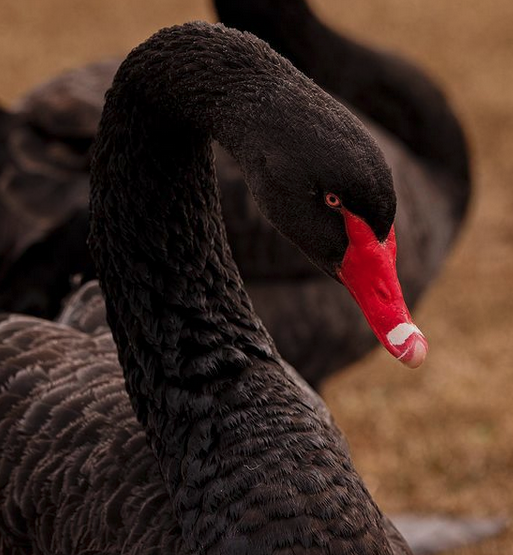
Black Swans are not native to the Carolina’s. They are found in southern regions of Australia and have also been introduced into England and Japan. Most of the ones spotted here in the United States are either captive farm birds or escapees who have found a home in the wild.
With those intense orange eyes, onyx plumage, a wingspan reaching 6.6ft and a weight of nearly 20lbs, these beauties are impressive birds to catch a good look at.

Although I’ve seen Black Swans in the past, I’d never had a camera in hand during the encounter so it was really cool to be able to photograph this intense looking species up close.
Photos by @sally_siko of @birdwatching_nc on my beloved beast, the mighty mirrorless @canonusa#R5

